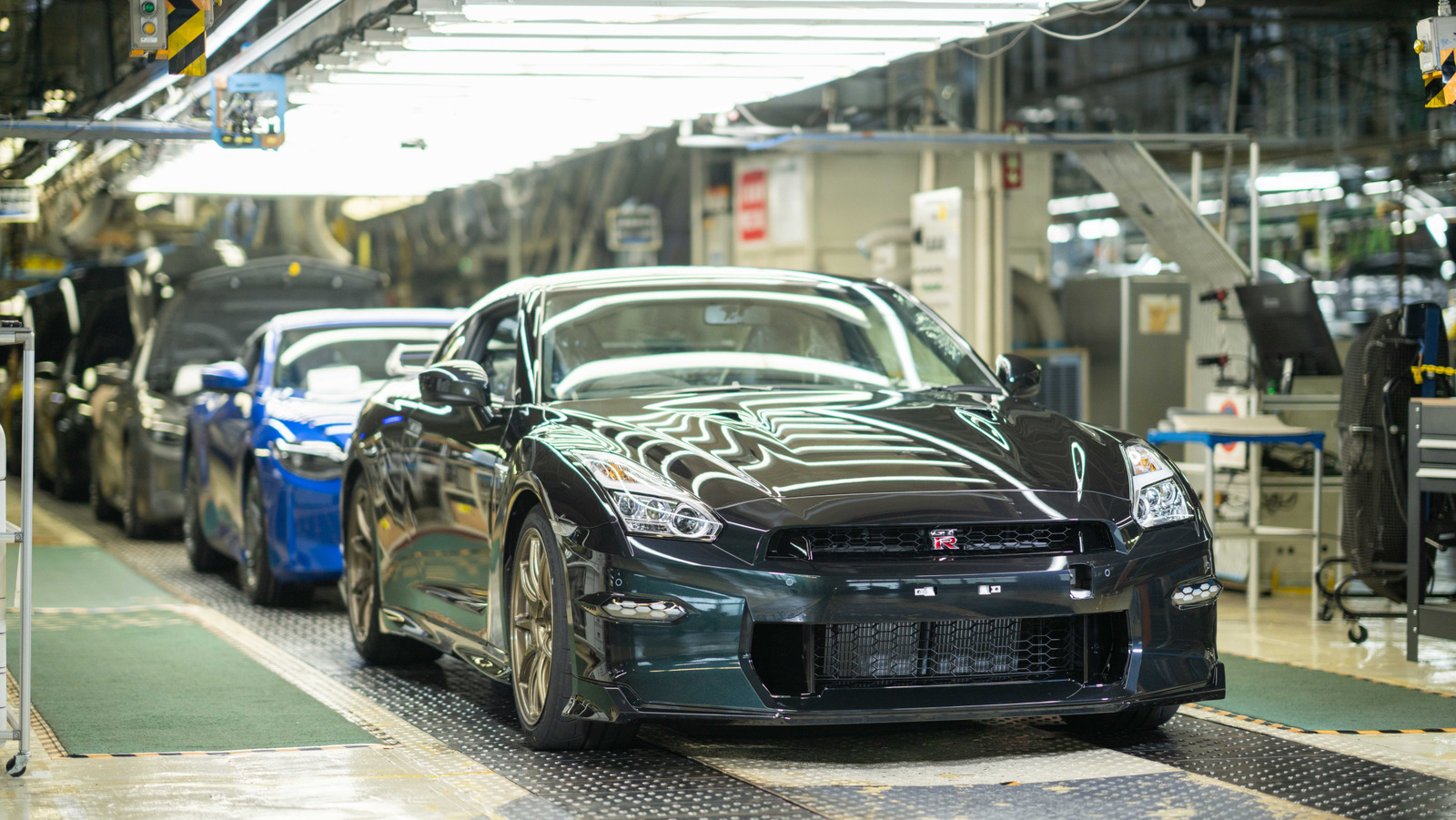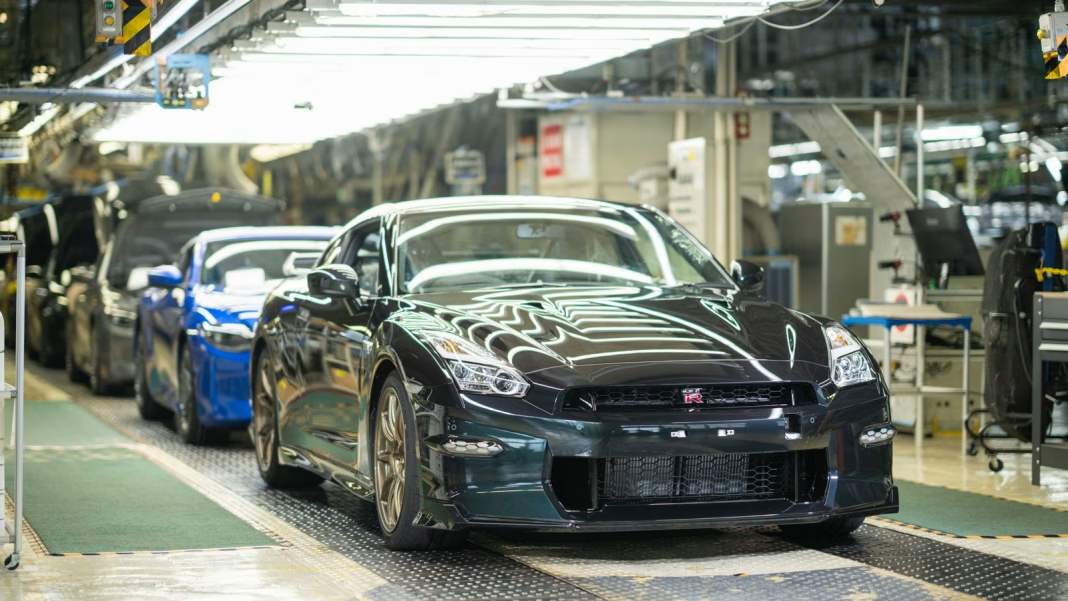What’s Happening With the Nissan GT-R Nameplate Right Now?
If you’ve been following the world of high-performance cars, you probably know the Nissan GT-R R35 just wrapped up an incredible 18-year production run. That’s right—after nearly two decades and around 48,000 cars built, the last R35 GT-R has rolled off the line. For fans, it’s a bittersweet moment. The GT-R has always been more than just a car; it’s a symbol of Japanese engineering, a cult favorite, and a regular on both racetracks and city streets around the globe.
But here’s the thing: Nissan isn’t putting the GT-R name to rest. The company has made it clear that this isn’t a farewell tour for the badge itself. Instead, it’s a pause—a moment to catch our breath and wonder what’s next for one of the most iconic sports cars ever made.
Is There a Plan for the Next GT-R (R36)?
Let’s get straight to the question on everyone’s mind: what’s happening with the R36? Nissan hasn’t officially announced what the next-generation GT-R will look like, or even when it might arrive. There’s no formal plan on the table—at least, not one they’re sharing publicly. That’s left enthusiasts speculating and dreaming, and the rumor mill is working overtime.
What we do know is that Nissan executives have repeatedly hinted that the GT-R’s story isn’t over. They’re well aware of how much the badge means to fans and the brand’s image. The challenge? The automotive world is changing fast. Electrification, tighter emissions standards, and shifting consumer tastes are all in play. Nissan has to figure out how to keep the GT-R’s spirit alive while adapting to a new era.
How Might the Next GT-R Evolve?
This is where things get interesting. The R35 was a technological marvel when it debuted, and it kept evolving with each update. But the world has moved on. Today, even supercars are going hybrid or fully electric. The big question is: will the R36 follow suit?
Industry experts suggest that Nissan is likely exploring electrified powertrains for the next GT-R. That could mean a hybrid setup, or maybe even a fully electric version down the line. It’s not just about keeping up with rivals like Porsche and Ferrari, who are already deep into electrification. It’s about future-proofing the GT-R while staying true to what made it special—raw speed, razor-sharp handling, and a sense of occasion every time you get behind the wheel.
There’s also the matter of cost and accessibility. The R35 started as a relatively affordable supercar, but prices crept up over the years. Nissan will need to strike a balance between performance, technology, and price if it wants the next GT-R to resonate with both loyalists and a new generation of drivers.
What Are Fans and Industry Insiders Saying?
The GT-R community is nothing if not passionate. Forums and social media are buzzing with theories, wish lists, and a fair share of nostalgia. Many fans hope the R36 will keep the twin-turbocharged punch and all-wheel-drive grip that made the R35 legendary. Others are excited by the prospect of a hybrid or electric GT-R, seeing it as a chance to push the envelope even further.
Industry analysts, meanwhile, point out that Nissan has a real opportunity here. The GT-R name carries serious weight, and a bold new direction—done right—could reestablish Nissan as a leader in performance engineering. But there’s also risk. Get it wrong, and the GT-R could lose the magic that made it an icon in the first place.
What Should Enthusiasts Watch For Next?
If you’re a GT-R fan or just love high-performance cars, now’s the time to pay attention. Nissan is at a crossroads, and the decisions it makes in the next year or two will shape the future of the GT-R for a decade or more. Keep an eye on official announcements, concept car reveals, and patent filings—these often hint at what’s coming before the company is ready to go public.
It’s also worth watching what Nissan’s competitors are doing. The performance car landscape is changing fast, and the next GT-R will need to stand out in a field that’s more crowded—and more electrified—than ever.
Why the GT-R’s Legacy Still Matters
The GT-R isn’t just another badge. It’s a symbol of innovation, grit, and the kind of engineering that turns heads and wins races. Whether you’re a diehard fan or a casual observer, the end of the R35 era is a reminder of how far the GT-R has come—and how much potential it still holds.
The big takeaway? The GT-R’s future isn’t about perfection—it’s about smarter adjustments. Start with one change this week, and you’ll likely spot the difference by month’s end. For Nissan, that might mean embracing electrification or rethinking what a supercar can be. For fans, it’s a chance to dream about what comes next—and to keep the faith that the GT-R’s best days are still ahead.


